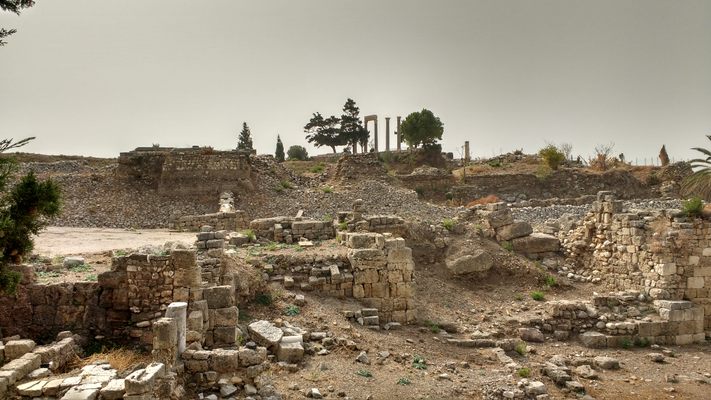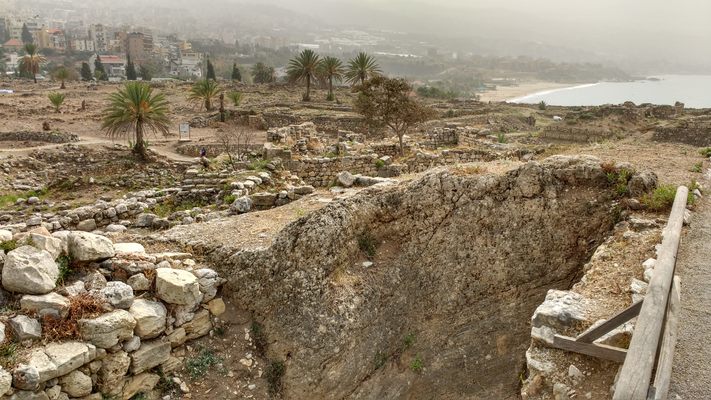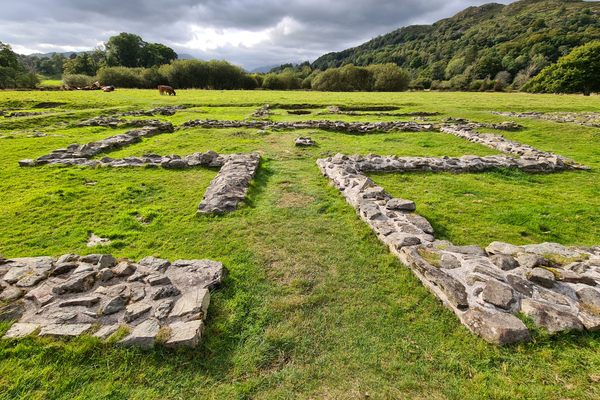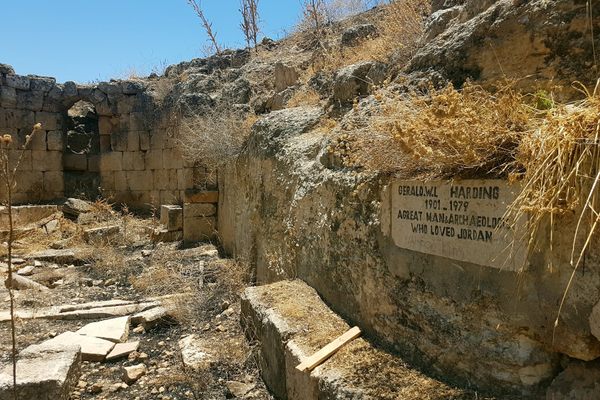About
One of the oldest continuously inhabited sites in the world, the historical significance of this place is literally still being uncovered. Wandering around the various ruins offers visitors a fascinating walk through history.
People have lived in Byblos since the Neolithic era, and the city witnessed the rise of the Phoenician civilization. This archaeological site exists as a preserved timeline of the many people who once called this patch of land home.
Ruins from different eras speckle the space. Some of the older structures, like the L-shaped temple, date from as far back as 2700 BC. Newer structures were built on top of older ones as various civilizations settled the space, each one leaving behind fragments of their own histories.
Bits of Roman pillars litter the tomb of a 4,000-year dead king of Byblos. Roman structures and a later Crusader castle are built with mysterious pink granite quarried in Egypt. There’s also a Persian fort, the Temple of Obelisks (which was built on top of the L-shaped temple), Phoenician dwellings and tombs, and a charming Roman theater with the Mediterranean sea as its backdrop.
A large proportion of the ancient artifacts you can see at Beirut's National Museum were excavated here.
Related Tags
Know Before You Go
Easy to locate from Jbeil, entrance is around $10. The handy map at the entrance helps you identify what you see.
Published
October 31, 2018





























































